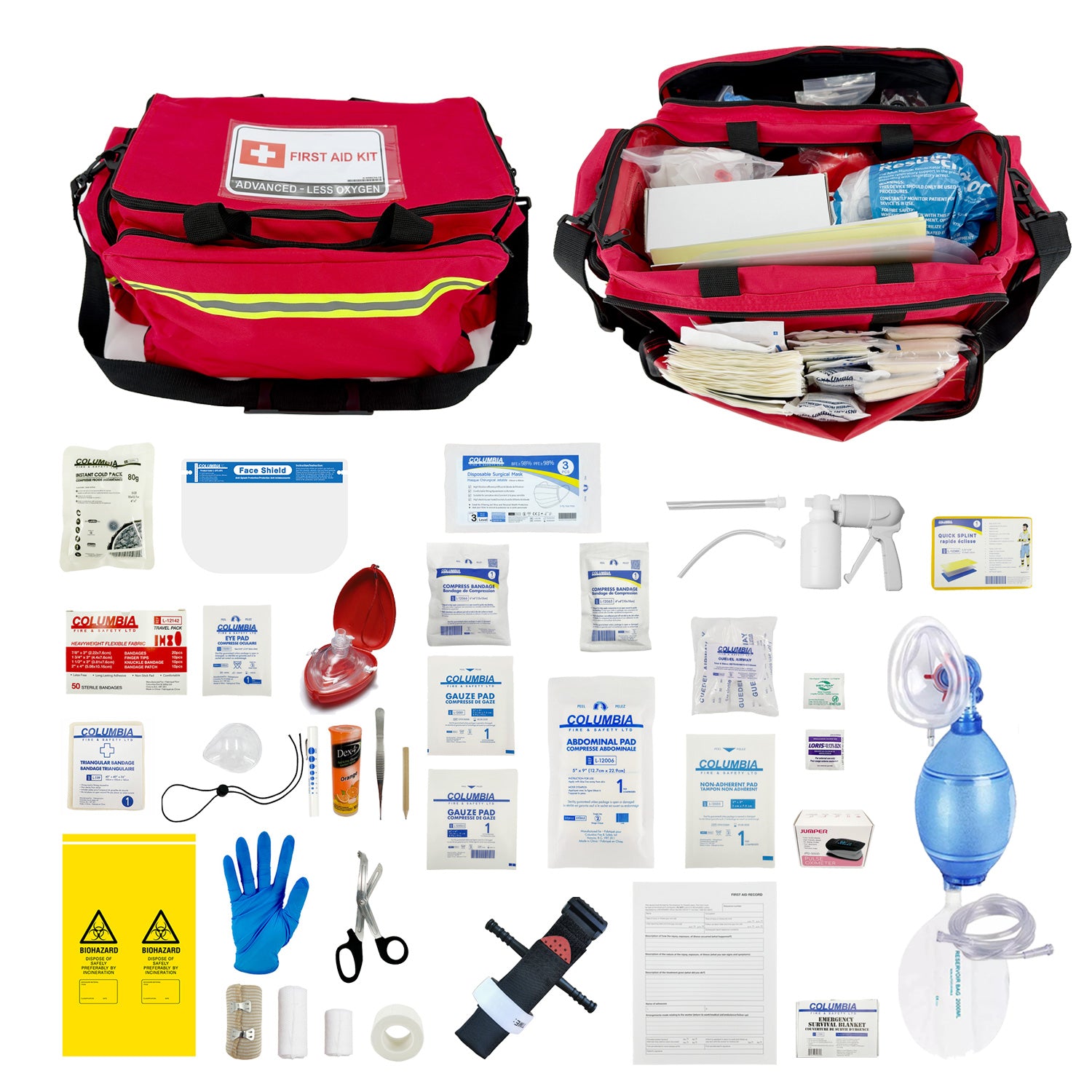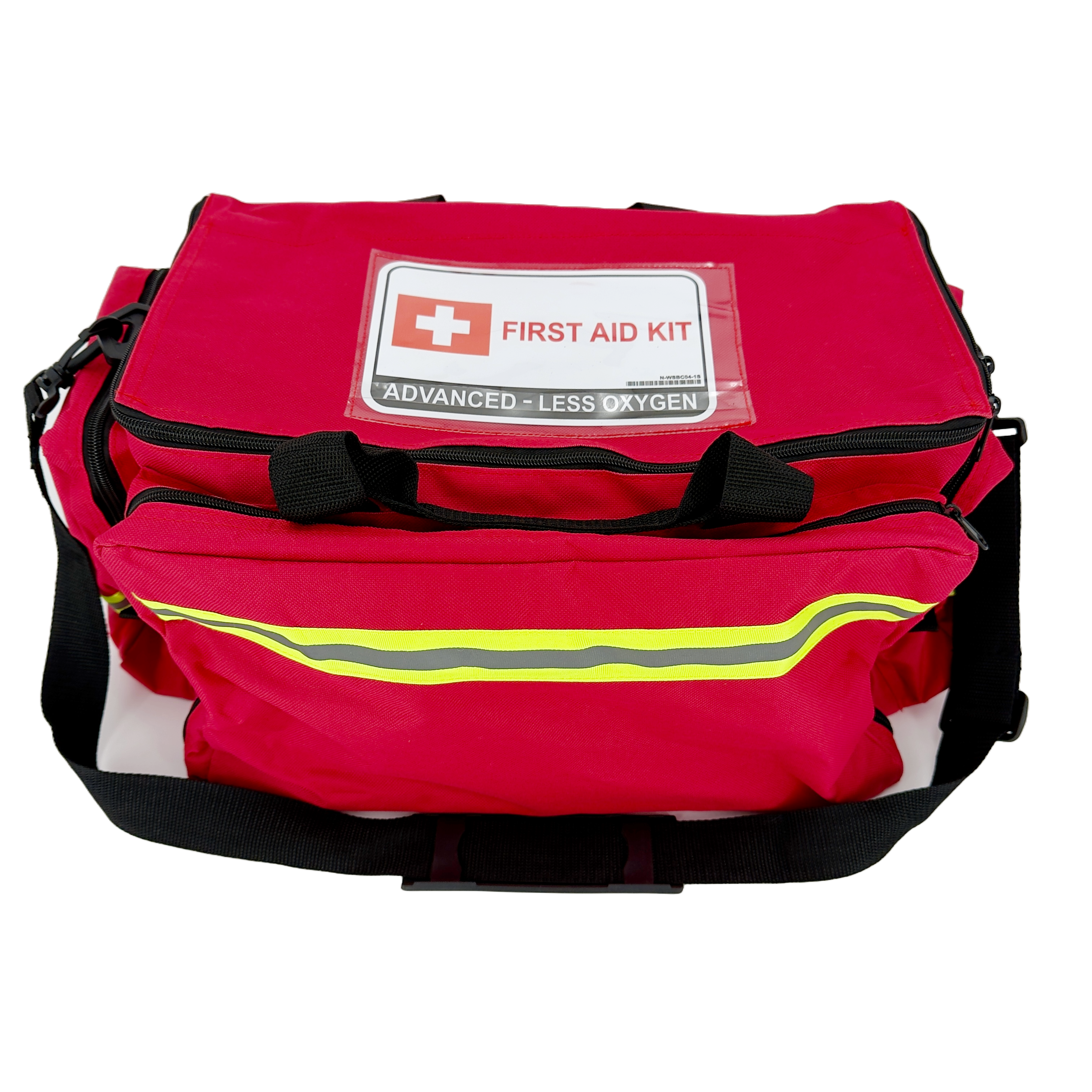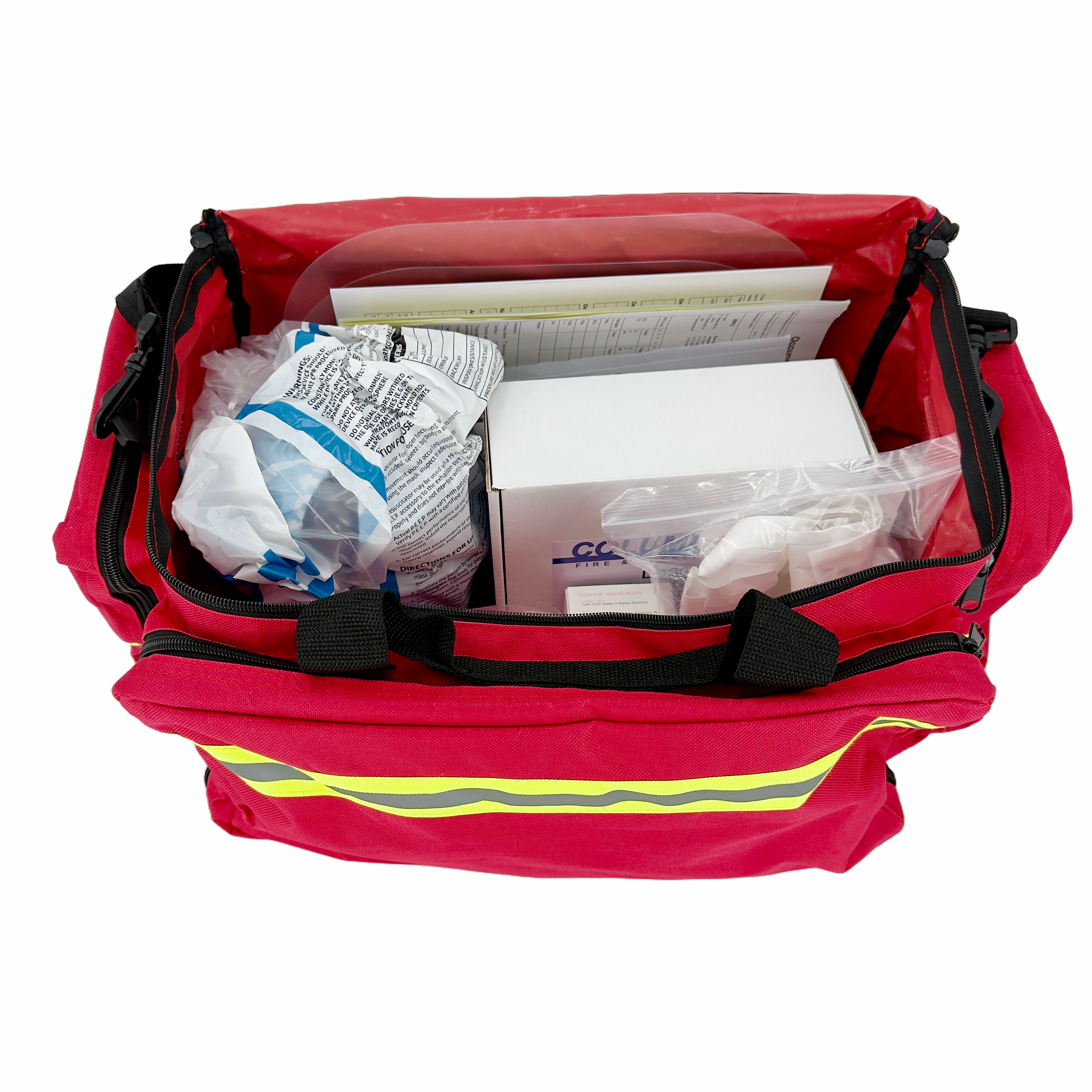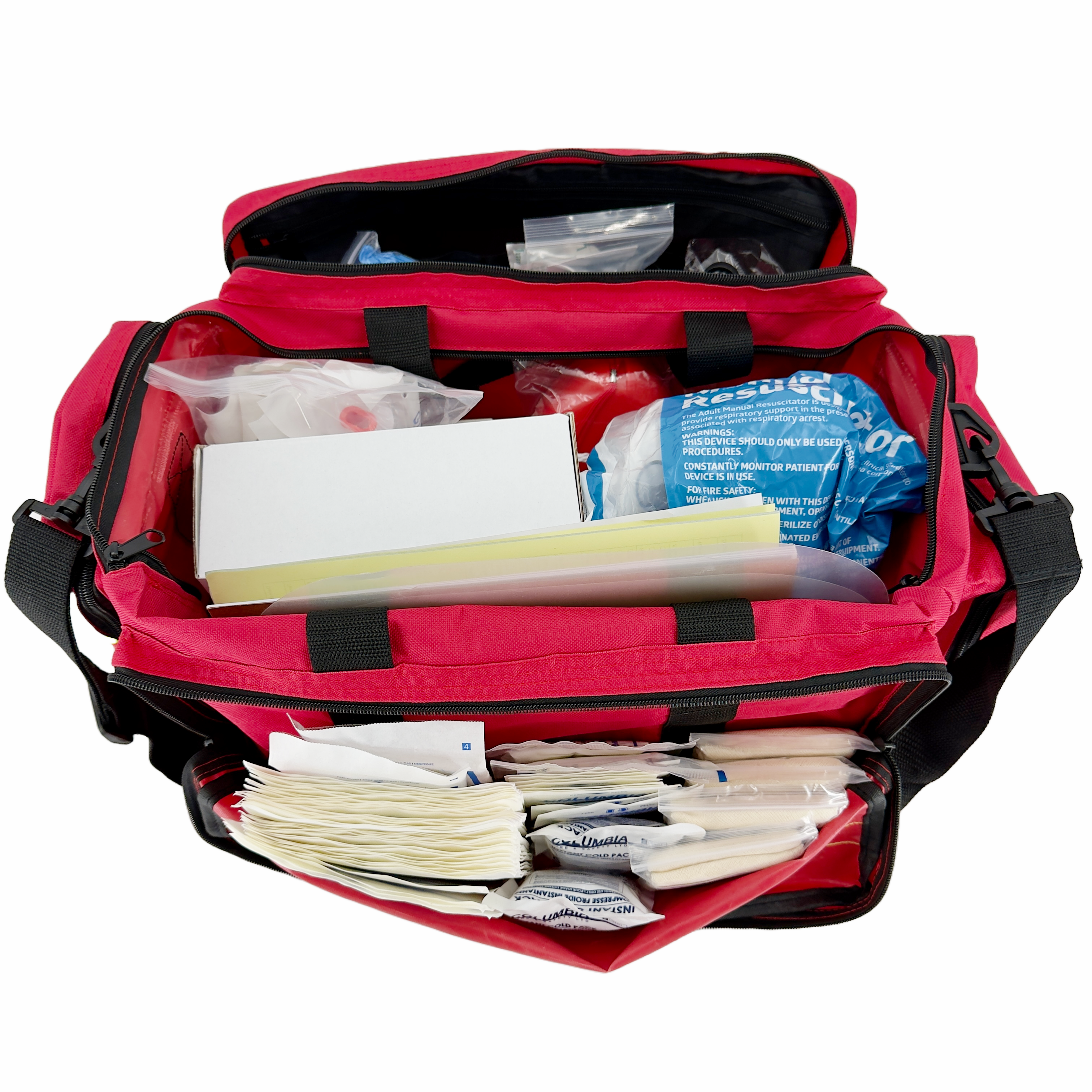Description
Click here to download contents PDF
WorkSafeBC First Aid Requirements (BC)
As of November 1, 2024, WorkSafeBC updated the Occupational Health & Safety (OHS) Regulation for occupational first aid. Employers must ensure their workplace has the correct first aid services, attendants, equipment, supplies, facilities, and emergency transportation as determined by a written first aid assessment.
What Changed
- Amendments align BC first aid with CSA standards and clarify kit contents, facilities, and transport.
- Requirements depend on a written first aid assessment for each workplace.
See: WorkSafeBC announcement.
How to Determine Your Requirements
- Do a written first aid assessment for each location/shift.
- Consider: number of workers, hazard rating, remoteness/response time, and any unique risks.
- Use the results to identify the minimum services, attendants, equipment, supplies, facilities, and transport per Schedule 3-A.
Tools & forms: First Aid Assessment Worksheet (PDF/Online) | First Aid Requirements overview.
First Aid Kits (Types & Contents)
WorkSafeBC identifies four kit types with minimum recommended contents:
- Personal kit
- Basic kit
- Intermediate kit
- Advanced kit
Download the official equipment/supplies information sheet for the full contents list: First aid equipment, supplies, and facilities (Info Sheet, Oct 2024).
Attendants & Training
- Attendant level (basic/intermediate/advanced) and numbers are determined by the assessment and Schedule 3-A.
- Attendants must hold WorkSafeBC-approved certification and be present on required shifts.
See: OHS Regulation Part 3 (Schedule 3-A).
Facilities & Equipment
- Dressing stations or First aid rooms may be required depending on worker count, risk, and remoteness.
- First aid kits must be clean, accessible, and regularly inspected/restocked.
Details: Supplies, equipment & facilities.
Emergency Transportation (ETV) & Remote Worksites
- Where required by the assessment/Schedule 3-A, provide an Emergency Transport Vehicle (ETV) or equivalent means.
- ETV must protect patients from the elements, allow safe care during movement, have internal/external communications, and meet design guidelines (e.g., ~1 m headroom).
See guidance: OHS Guidelines Part 3 (G3.16).
Recordkeeping & Procedures
- Maintain written first aid procedures and conduct regular drills.
- Record all injuries/treatments and retain records as required by regulation.





